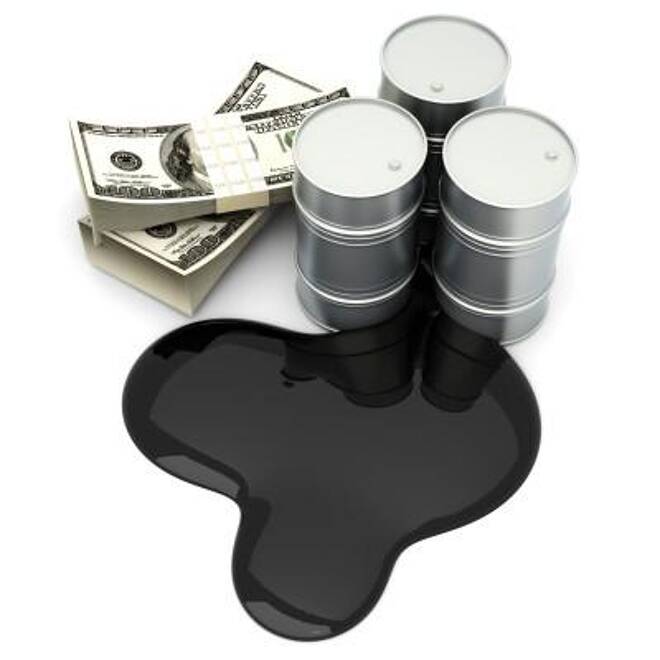Advertisement
Advertisement
The Age of Plenty
By:
The world is brimming with crude, and refiners and consumers are enjoying a bonanza at the expense of producers, reversing the trend of recent years. But
The world is brimming with crude, and refiners and consumers are enjoying a bonanza at the expense of producers, reversing the trend of recent years. But a fall in upstream investment and a lack of urgency in climate change negotiations could be storing up problems for the future.
The one certainty in oil markets, as in life, is that change will come. A look at today’s market does not yield a horizon of crude shortages in the short term, although falling investment — particularly in non-Opec regions — may begin to erode output next year and hit harder thereafter, eventually leading to higher oil prices. This would repeat the upswing in prices in the early 2000s that followed a period of under-investment in oil development and infrastructure.
But, for now, Russia — the world’s largest crude producer — is at the highest level of output since the breakup of the USSR, and faces growing rivalry from Mideast Gulf and other producers in the key European market for its Urals export grade, pressuring prices relative to the regional crude price benchmark North Sea Dated.
Saudi Arabia’s output of 10.22mn b/d in September remained close to the 10.56mn b/d record seen in June, while Iraq continues to grow production and Iran prepares to increase output once sanctions are lifted early next year. Crucially, the US shale oil production boom may have its ebullience muted by a sustained period of lower prices, and already US refiners are returning to the market for imported crudes.
Refiners are spoilt for choice. At October’s Argus European Crude conference in Geneva, Dario Scaffardi, the executive vice-president of Italian refiner Saras, repeated claims that his plant is able to process some 35 different grades of crude, compared with just 14 as recently as 2009.
If buyers are able to pick and choose from a wealth of competing supply options, then prices are likely to remain under pressure. Argus Fundamentals forecasts that 2015’s global crude surplus of 2.3mn b/d will be trimmed to 1mn b/d in 2016, but much of the oversupply is simply being pushed downstream, rather than being absorbed by consumption, which is growing more slowly in China and is not rising fast enough overall to absorb the surplus. Also, much of China’s apparent oil demand growth in 2015 has been an effort to fill strategic and commercial stocks while prices are lower.
US gasoline and distillate inventories are at or near record highs, and in Europe and Singapore refined products oversupply is spilling into floating storage, enabled by lower freight rates. Refining margins are tightening as a result of a seasonal downturn in demand and in a reflection of the slide into products markets of supply abundance.
Storing up trouble
Opec and the International Energy Agency expect upstream investment in 2015 to have fallen by around 20pc from last year, and the oil field service sector is bearing the brunt of the drop-off in spending. Non-Opec crude supply is expected to diminish from next year and this may be accelerated by further drops in spending.
While the market is in surplus, there is a risk that lower prices and a poor demand outlook sap some of the urgency from climate change mitigation discussions that begin in Paris at the end of this month. The systemic changes necessary to decarbonise the world’s economy and prevent runaway global warming are easier to sell in a higher oil price world.
As it is, an EU analysis of 155 countries’ climate commitments ahead of the Paris negotiations has found them insufficient to meet the goal of limiting warming to 2°C above pre-industrial mean surface temperatures, or 1.4°C above current levels.
Lower oil prices are likely to encourage firmer economic growth in time, and this will stimulate oil demand. If the recovery coincides with a lack of exploration activity and a fall in capacity among firms that specialise in the upstream, the price upswing could be sharper than many anticipate. This in turn will refocus attention onto efforts to reduce consumption, but by then it may be too late to meet climate goals.
This article is a guest blog written By James Gooder from Argus Media
About the Author
Guestauthor
Advertisement
